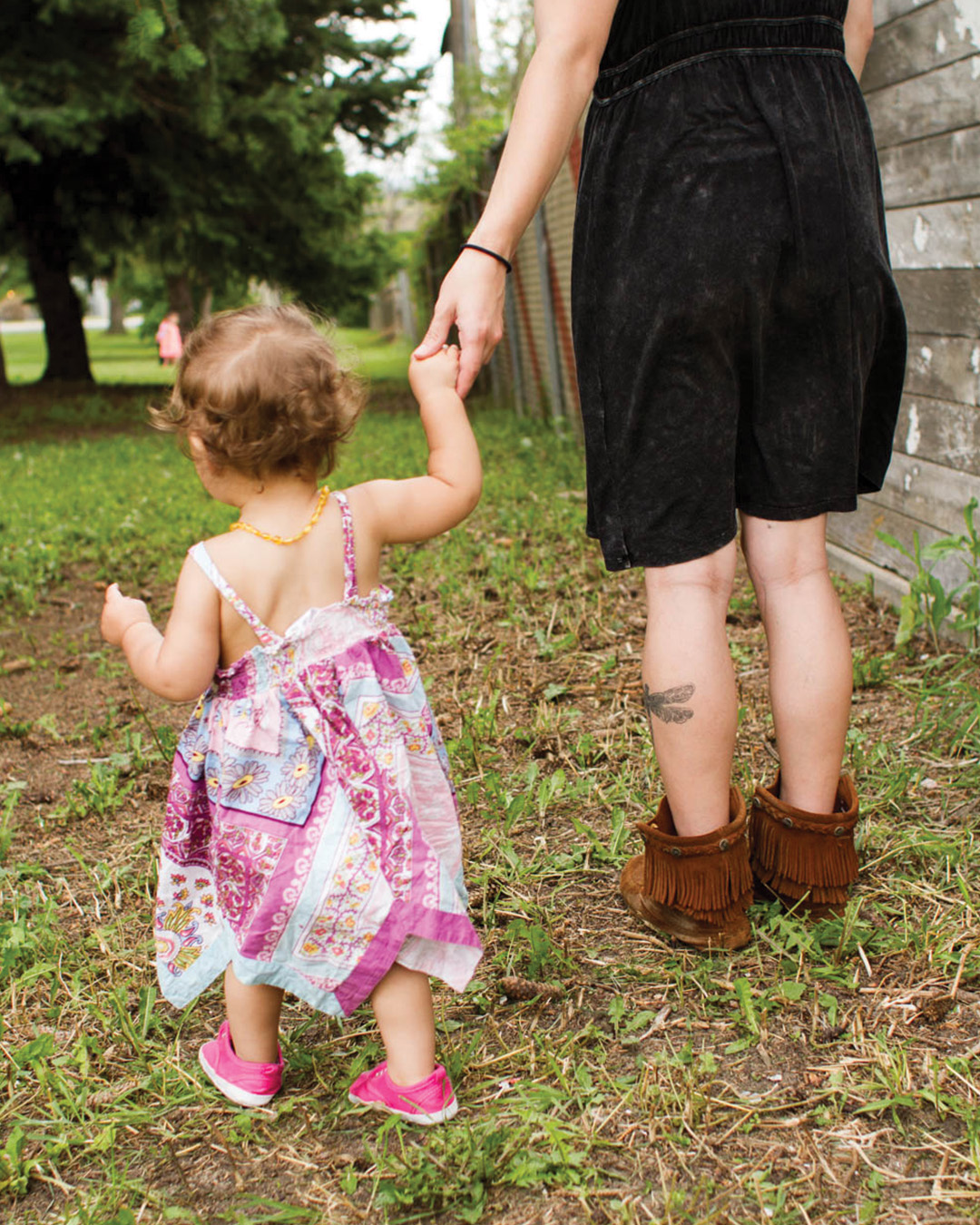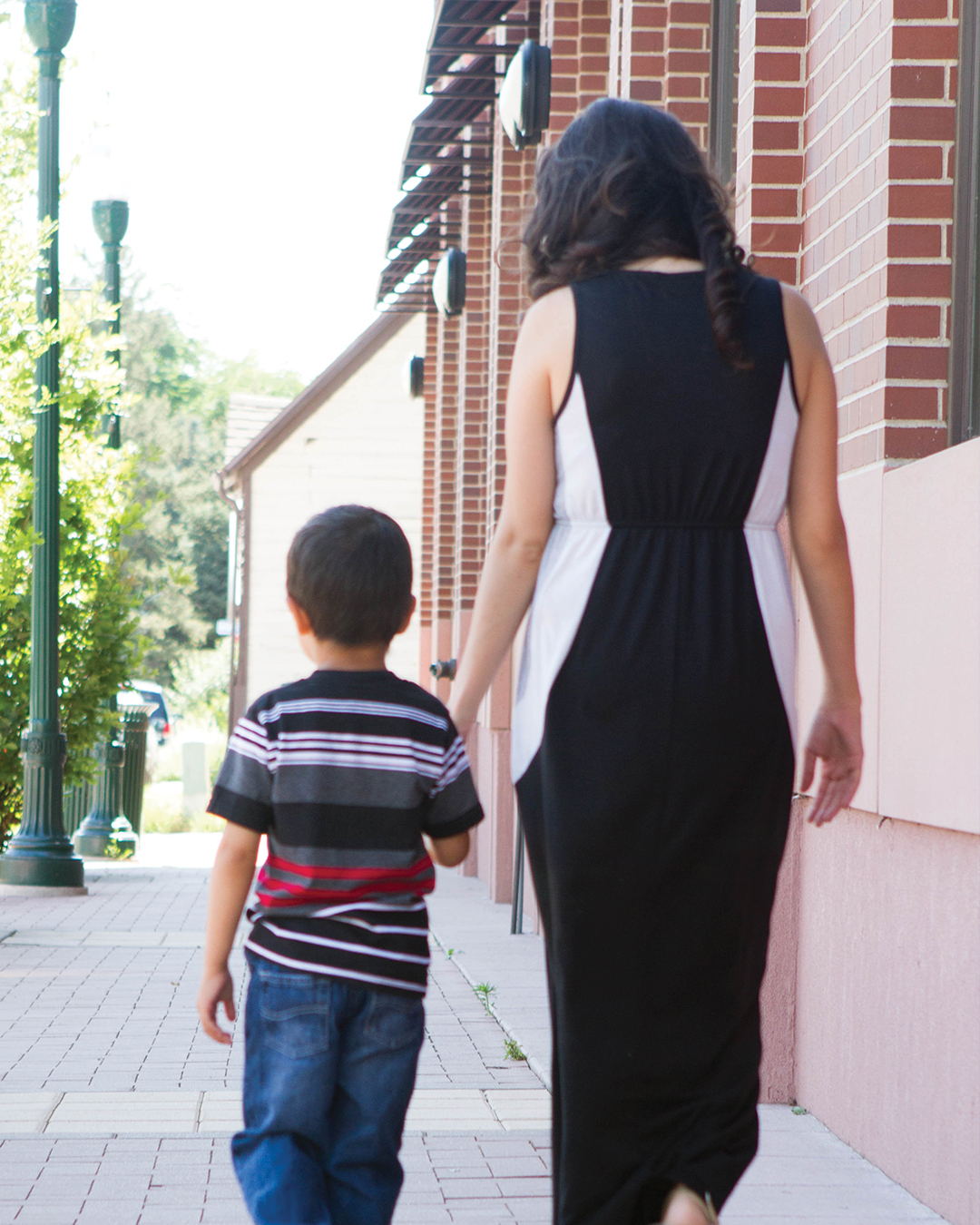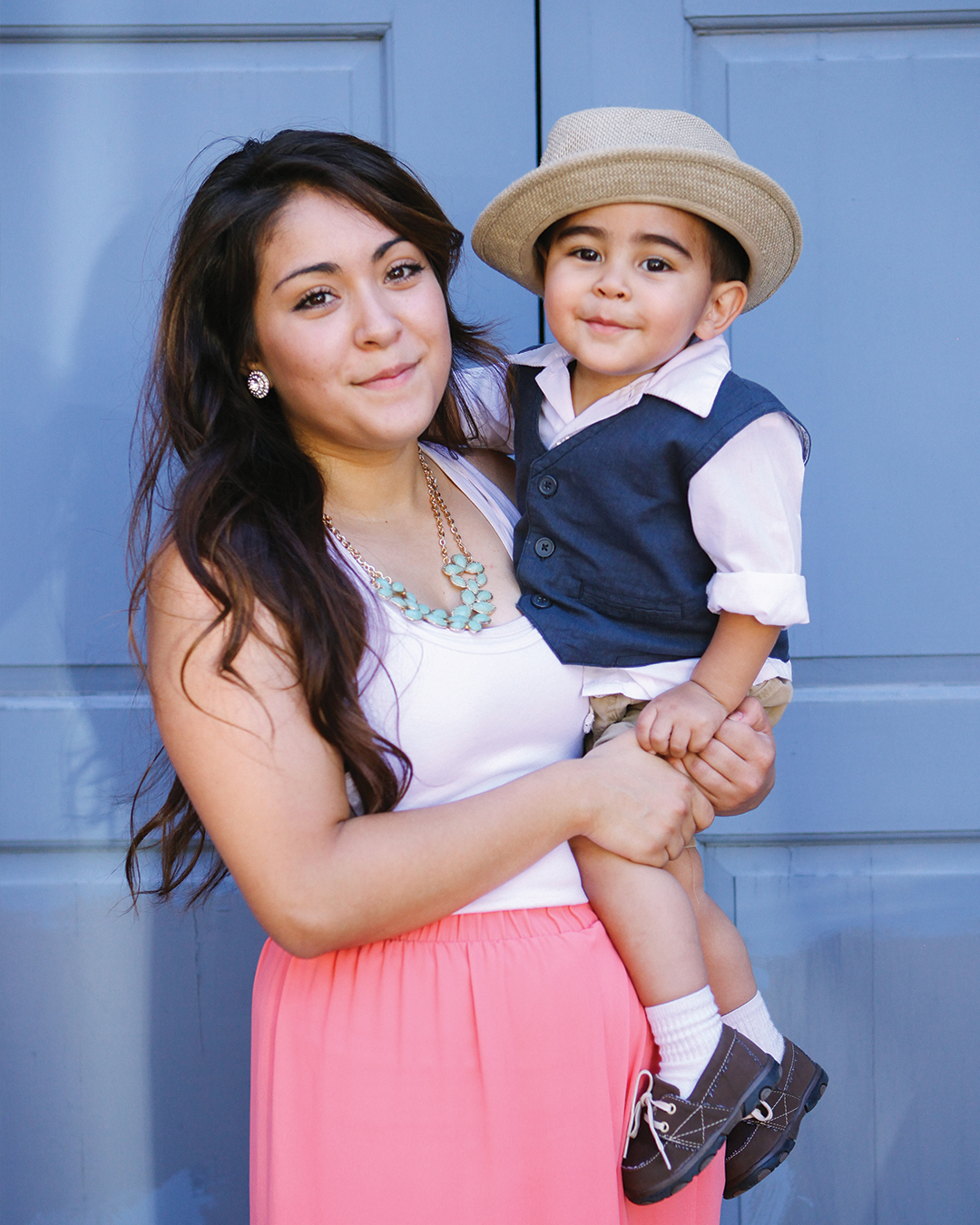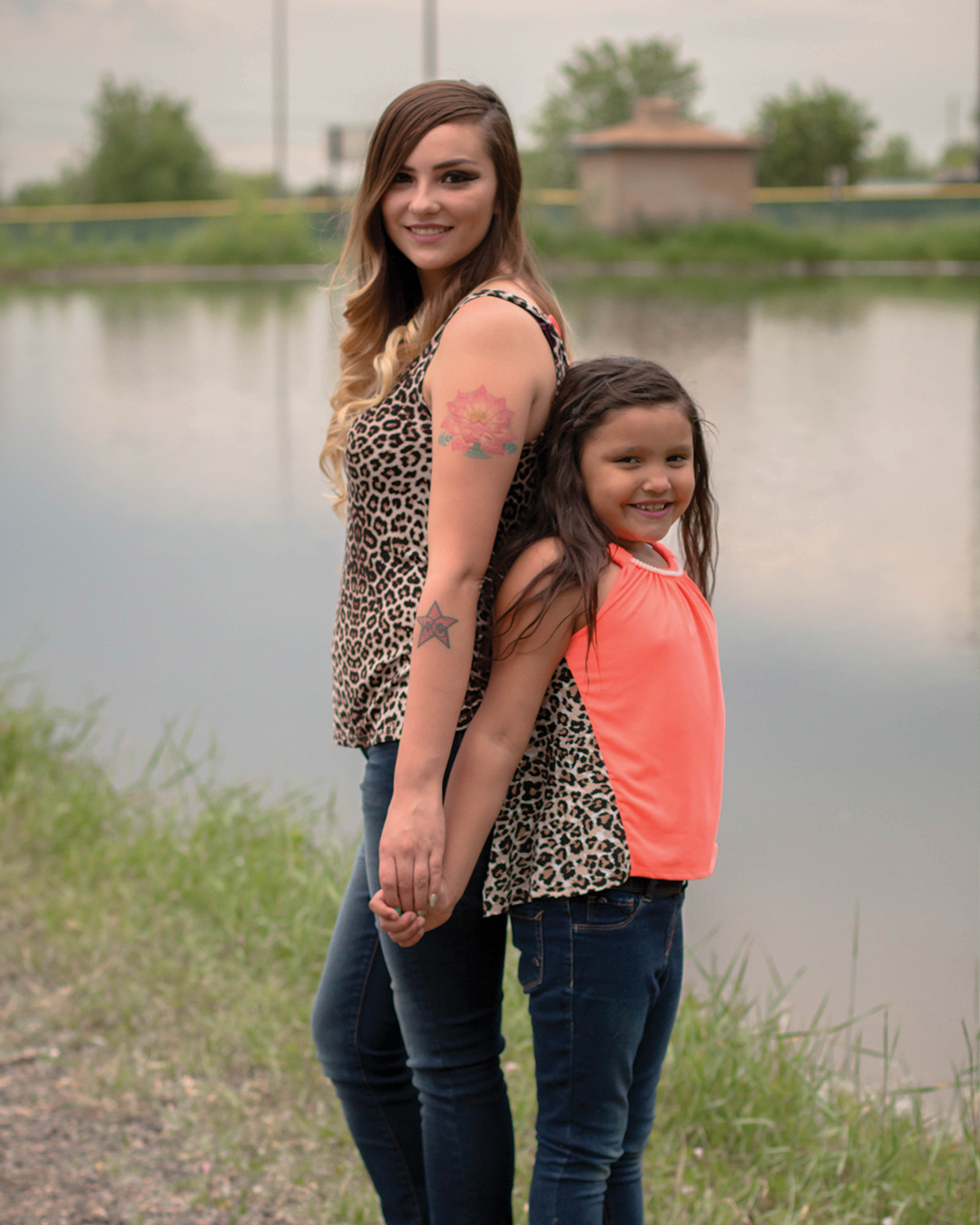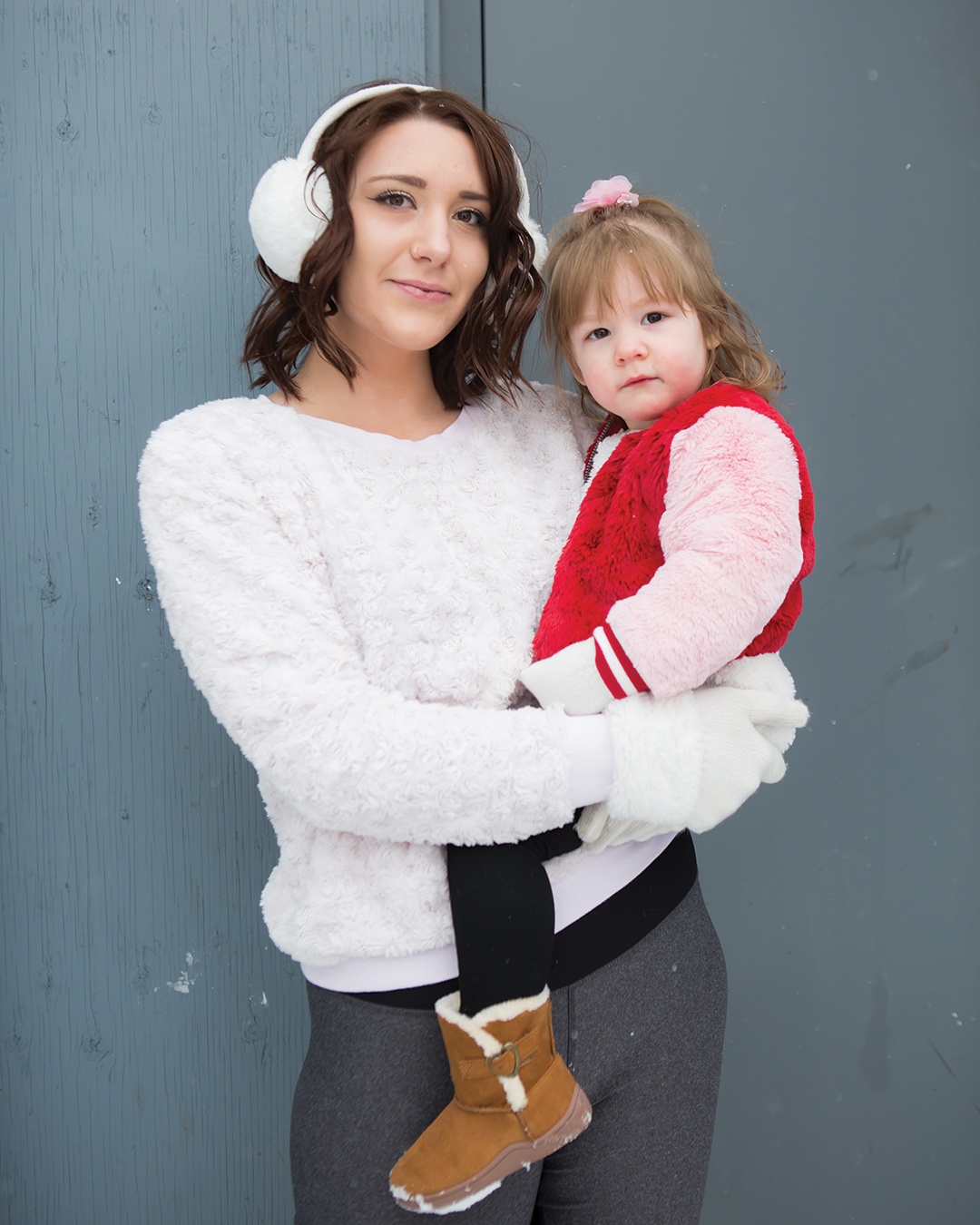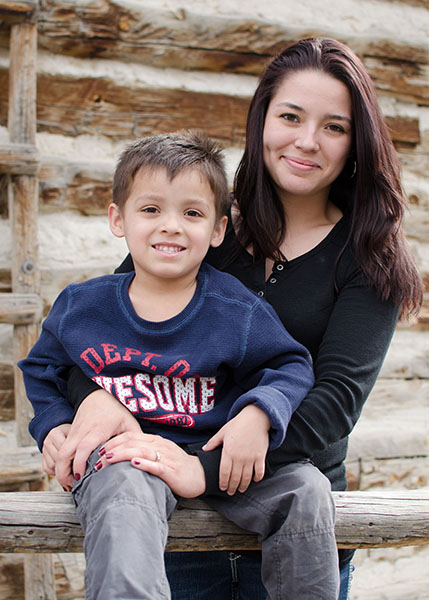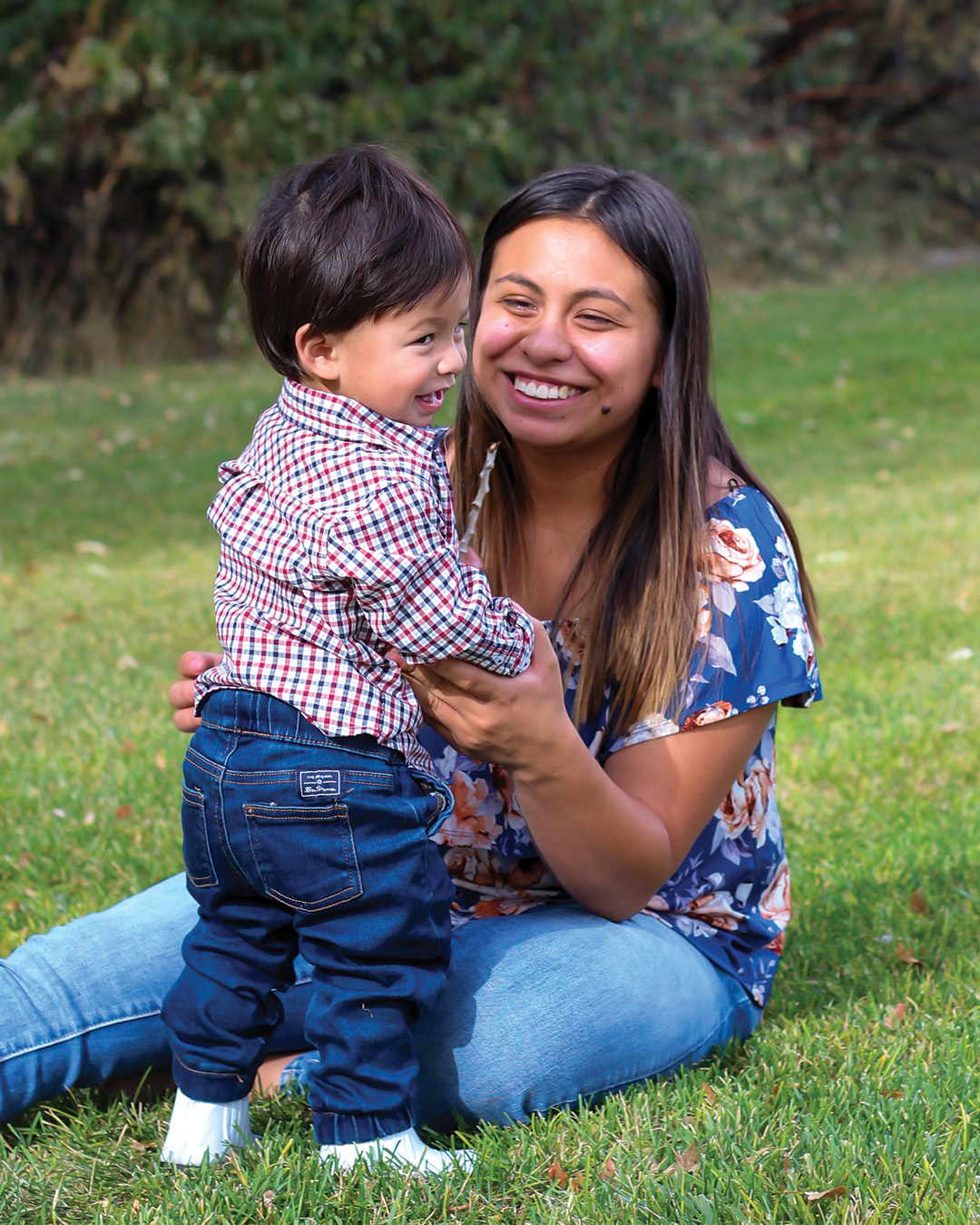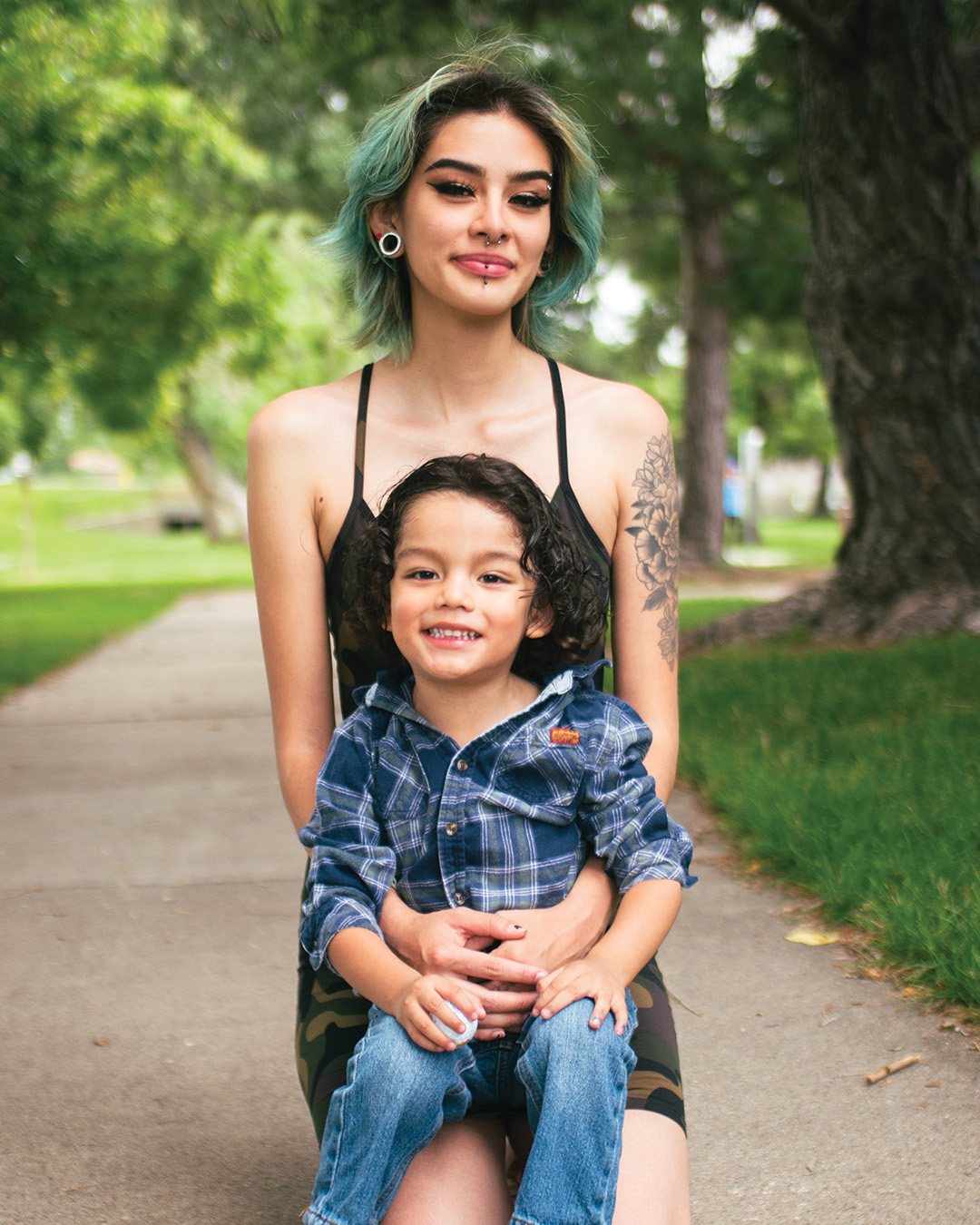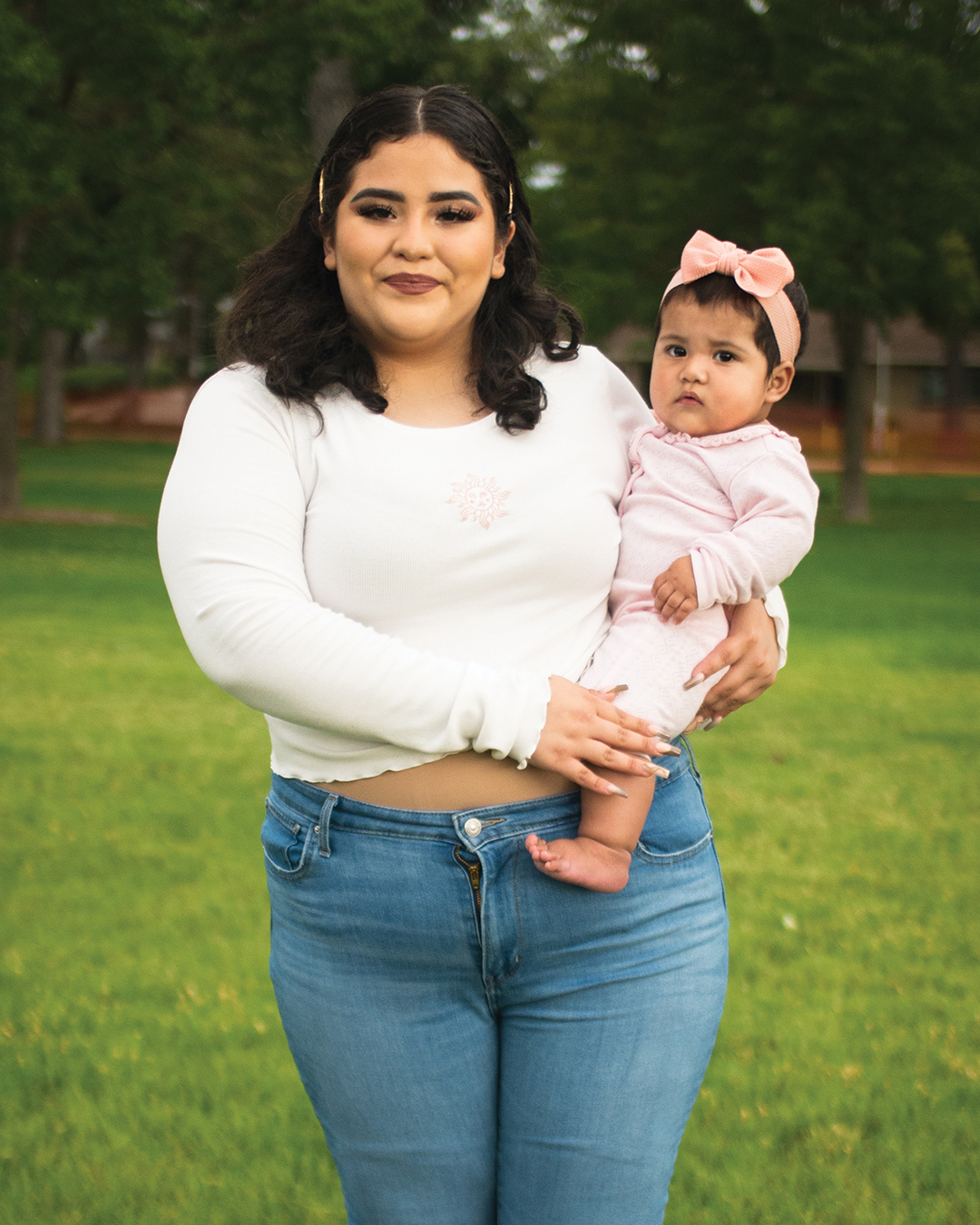March 2020
I walked into my Core Composition class at the University of Colorado Denver expecting a boring lecture on the rhetorical strategies of ethos, pathos and logos, and specifically how to use them in order to make an argument stronger. I was surprised to see a list of local nonprofits on the chalkboard, and more surprised when Professor Becker broke us into groups and charged us with choosing a worthy nonprofit and making an argument for why she should personally donate $50.00 to that organization.
In my group, the name Hope House Colorado caught our attention. After doing our research, we developed a great appreciation for this organization that empowers teen moms. We respected that Hope House helps teen moms by giving them access to residential, GED and college & career programs, as well as parenting classes, life skills and counselling, preparing them for long-term independence.
We based our argument that Ms. Becker should give to Hope House on one of the true success stories posted on the Hope House website. The story of Janelle inspired us greatly and we took it upon ourselves to tell her story from two different perspectives – that of Janelle as well as her child. Some people do not have sympathy for teen moms and say it’s “their own fault for being in that situation.” We prepared a counterargument for this. We argued that Janelle had faced a more than difficult family life growing up and became pregnant at age 14 after experiencing things most of us cannot imagine.
We then argued from Janelle’s son’s perspective, that the child of a teen mom is innocent and doesn’t deserve to grow up with a difficult upbringing, and that Hope House empowers the teen mom to break the generational patterns she experienced growing up. We tied up the presentation with statistics on teen mothers. We talked about how Hope House supports not only teen moms but the children as well.
My group’s presentation tied together all the aspects of ethos, pathos and logos that we had been taught. But I also gained something more important that day – a connection with the larger Denver community. I learned what organizations like Hope House do, and truly grew a respect for not just Hope House, but every single nonprofit argued for by my CU Denver classmates. This classroom activity not only helped me retain information I had learned but encouraged me to learn more about the nonprofits in my area and to support them in any way I can. At the end of the day, Hope House received a $50 donation from Ms. Becker, and I got more than another boring lecture. I got to build to respect and appreciation for the hard work of our community nonprofits.


